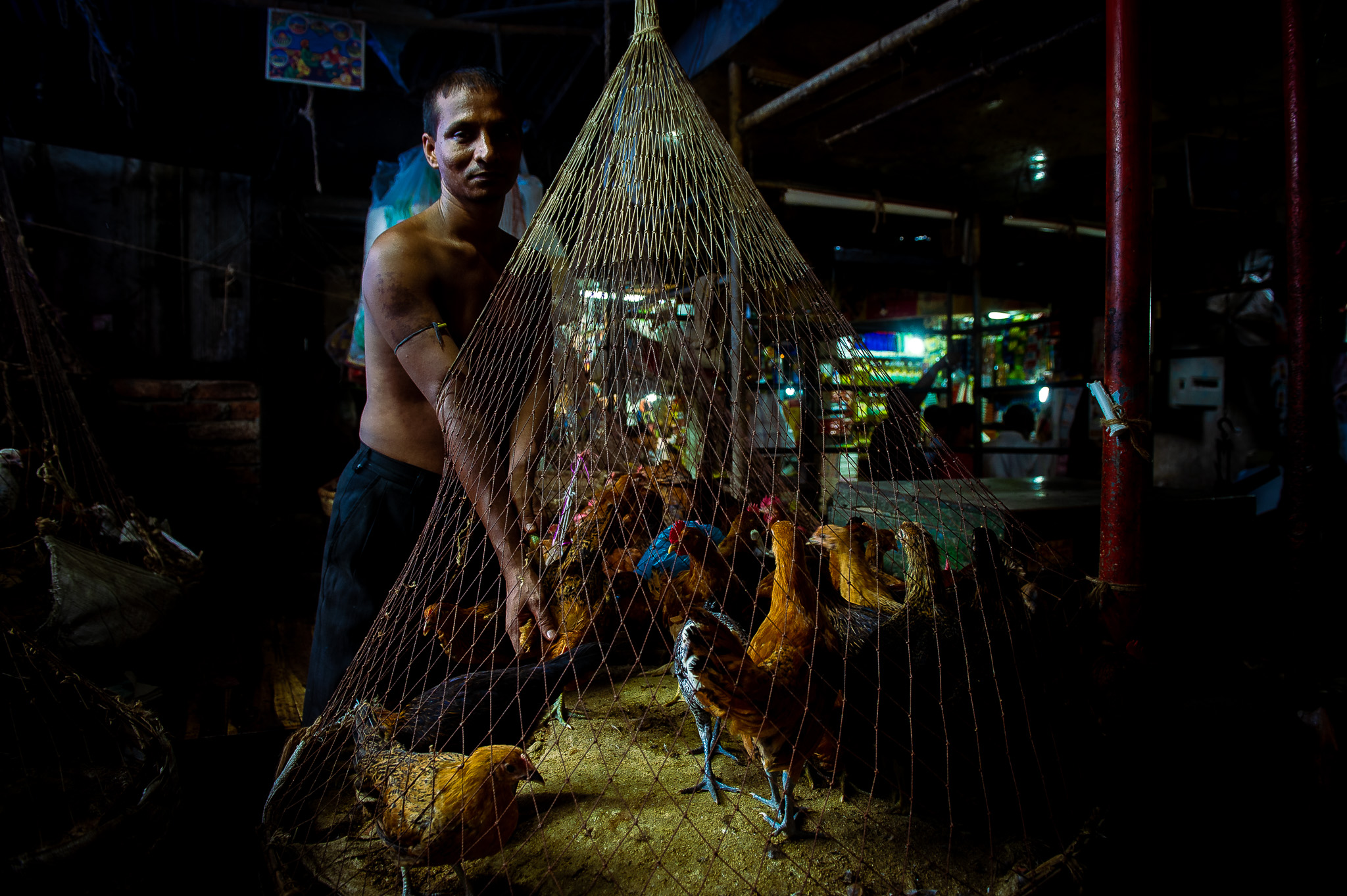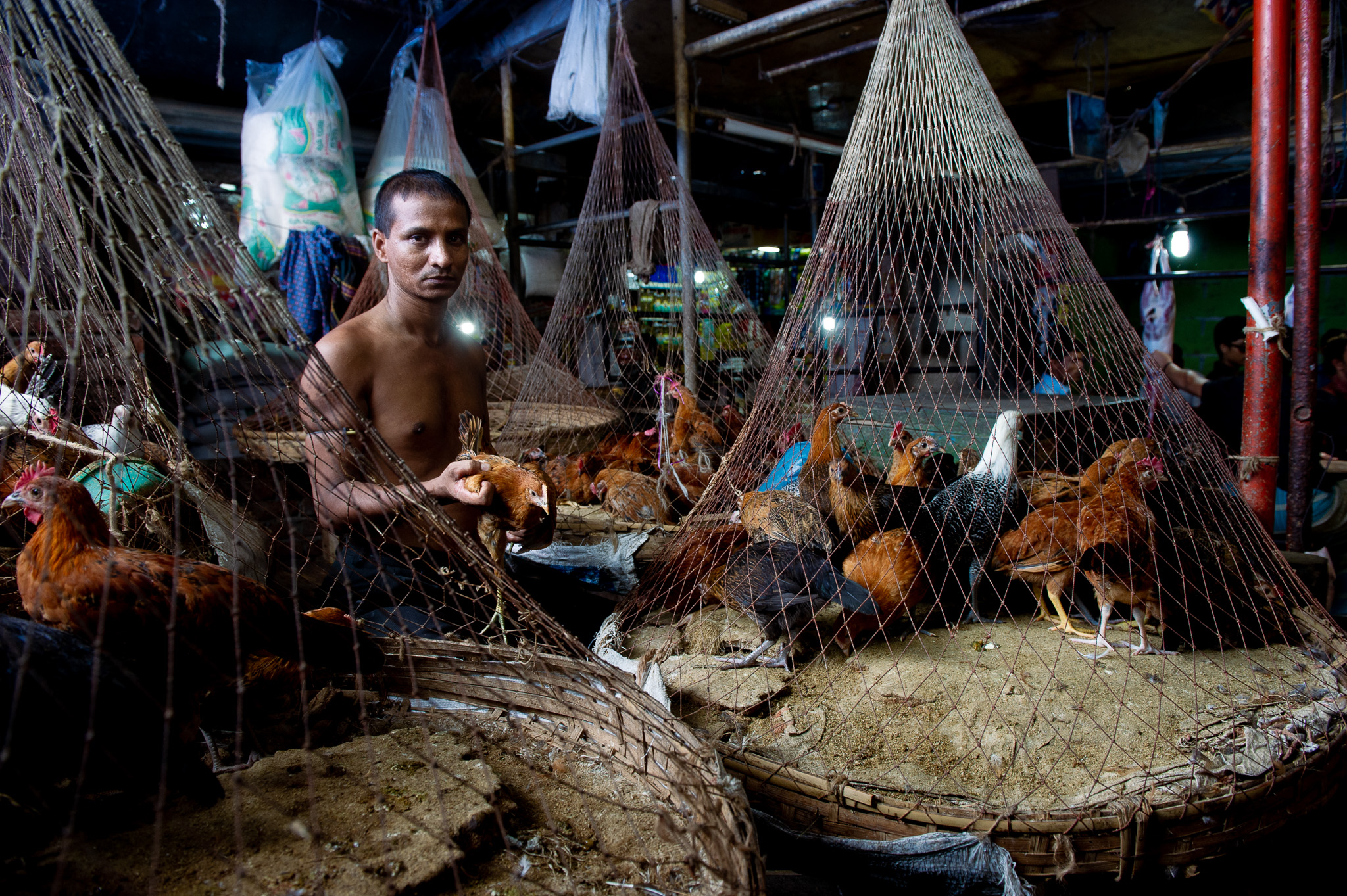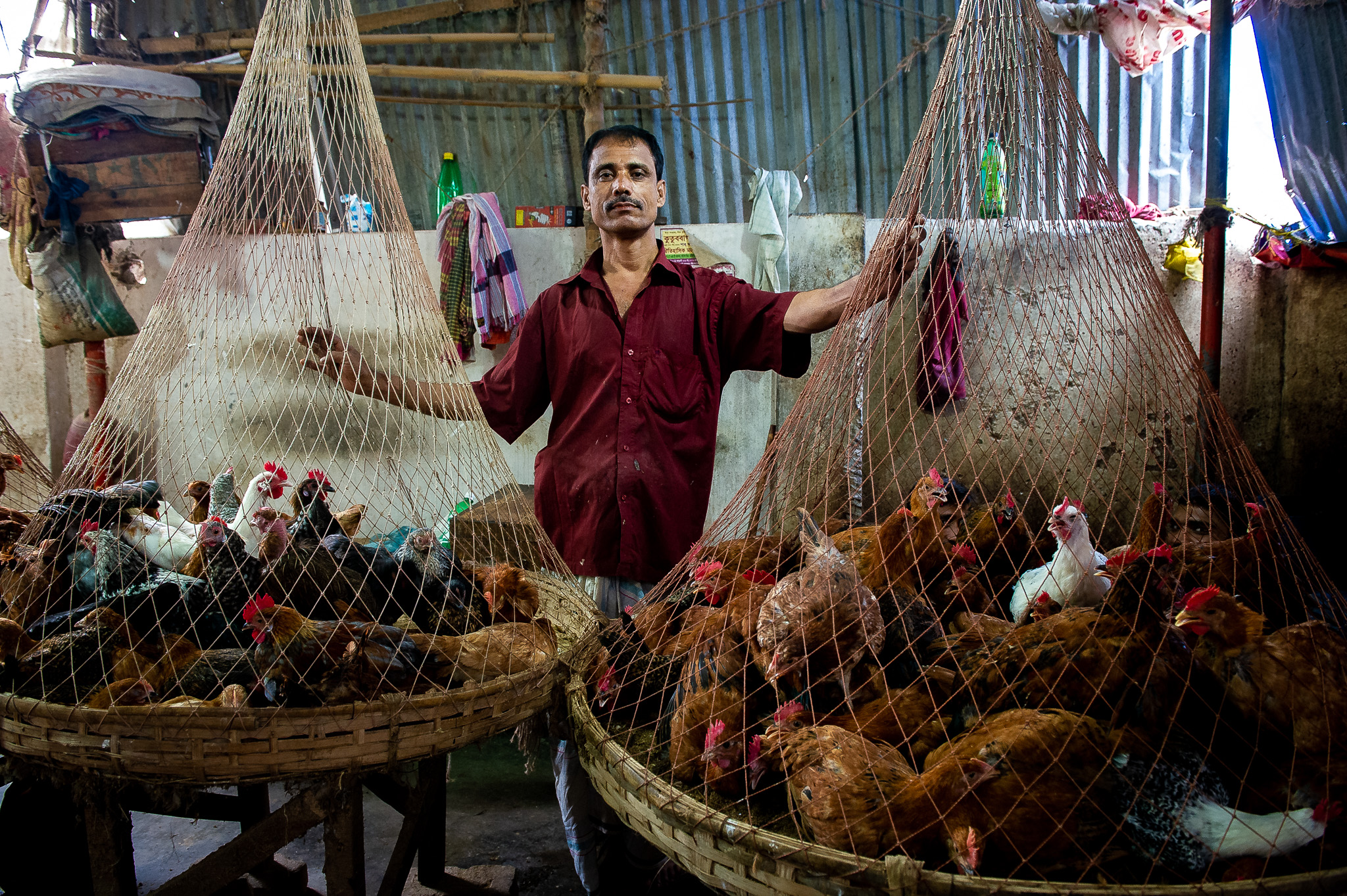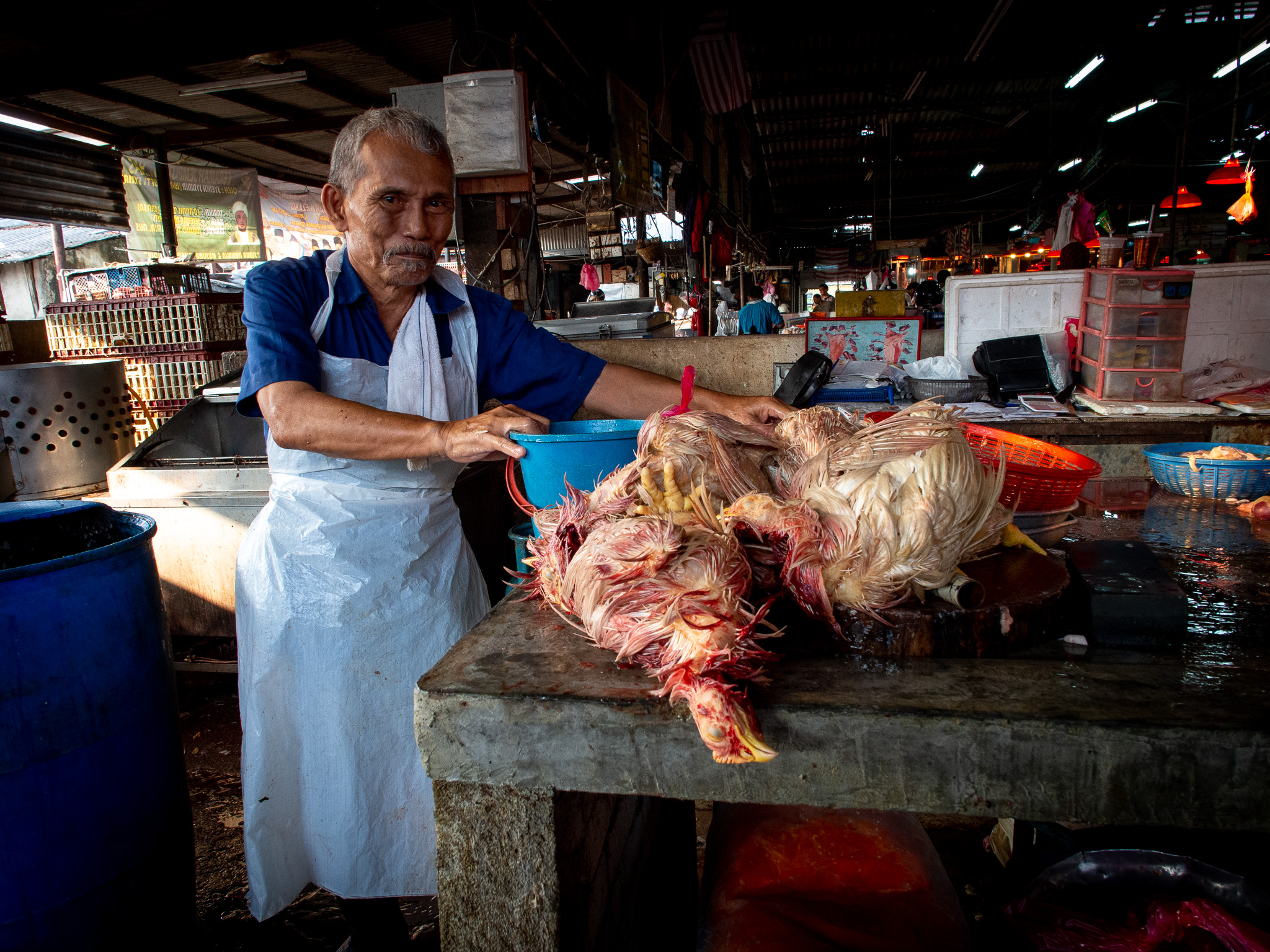In the heart of Dhaka, Bangladesh, lies a bustling market where vibrant colors, tantalizing aromas, and a tapestry of diverse cultures intertwine. It is a place where tradition meets modernity, where the echoes of the past reverberate amidst the winds of change. In this market, an old photograph captured a young man clutching a cage filled with live chickens, ready to be slaughtered according to the halal guidelines. Today, let us delve into the scene frozen in time, acknowledge the progress made over the years, and ponder whether traces of the past still linger in our present.

The photograph portrays a snapshot of life in Dhaka, captured 13 years ago. It vividly depicts a young man, the essence of determination etched on his face, as he carefully carries a cage brimming with live chickens. This scene, reminiscent of a time when markets in Malaysia mirrored a similar ambiance, draws attention to the shared cultural practices and traditions that bind Muslim communities across countries.

In a predominantly Muslim country like Bangladesh, adherence to the principles of halal is deeply ingrained in the daily lives of its people. Halal slaughter is a sacred practice that ensures the humane treatment of animals before their consumption. While some may find the sight of live chickens in a market unsettling, it is important to understand the cultural and religious significance of halal practices.

Acknowledging the passage of time, it is crucial to recognize the progress and development that has taken place in Dhaka since the photograph was taken. While the scene may have resembled markets in Malaysia three decades ago, it is highly likely that the city has undergone substantial changes. Through technological advancements and the dissemination of information, the world has become more interconnected, providing avenues for growth and development across nations.
Google Street View offers us a unique perspective, allowing us to glimpse into the present-day Dhaka and witness its transformation. From the comfort of our screens, we can observe the city’s changing landscape and its shift towards modernity. The markets, though still vibrant, may have evolved to accommodate new trends and practices. It is an encouraging sign that progress has occurred, and Dhaka continues to thrive.

Interestingly, scenes similar to the one captured in Dhaka can still be witnessed in some markets in Kuala Lumpur, Malaysia. The sight of live animals being prepared for halal slaughter is not uncommon in these traditional marketplaces. It serves as a reminder that certain cultural practices have persisted over time, bridging geographical boundaries and reminding us of the shared heritage among Muslim communities.